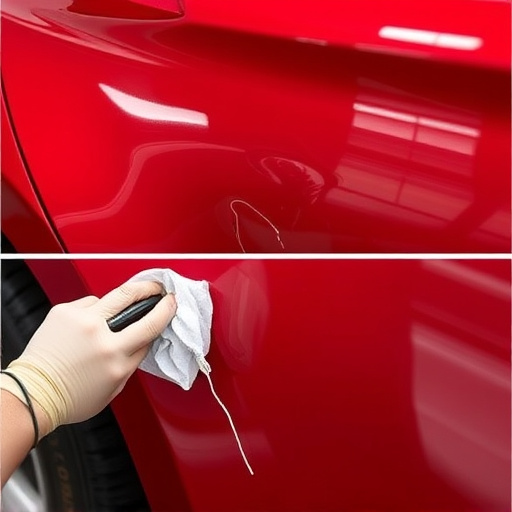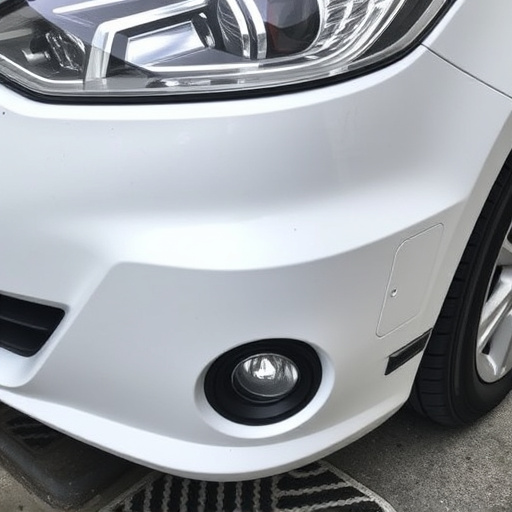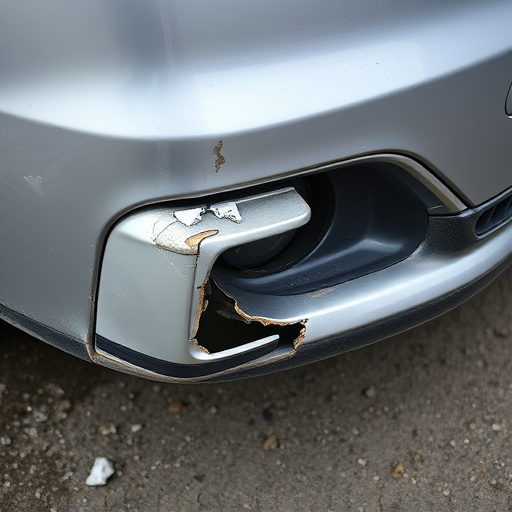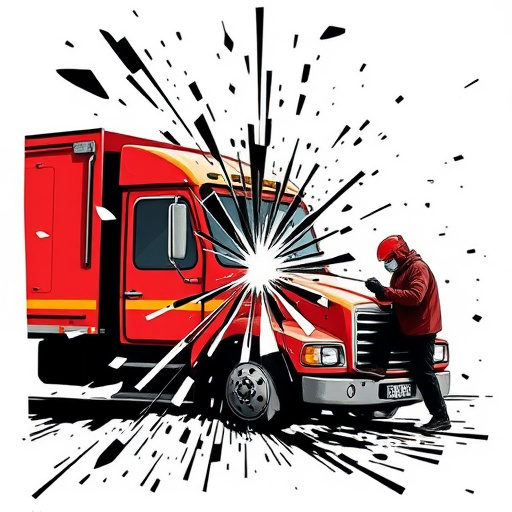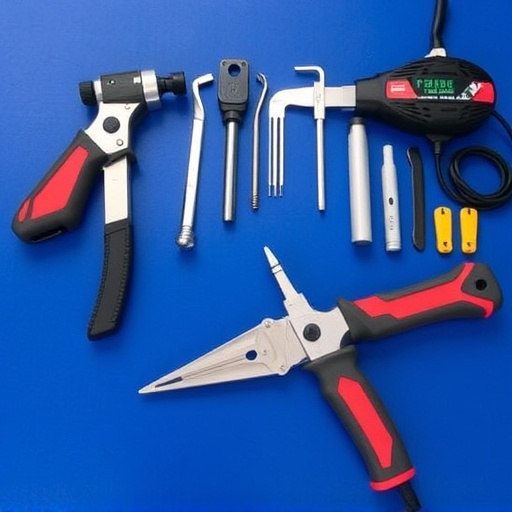Collision repair shops experience seasonal fluctuations with peak demand during holidays and vacations. Strategic planning includes hiring, scheduling, and tech investment to manage increased volume without compromising quality. Efficient workforce allocation through cross-training and technology optimizes operations during busy periods. Superior customer service via digital tools enhances the experience for luxury vehicle repairs, setting collision repair shops apart in seasonal collision repair.
In the dynamic landscape of automotive services, shops face unique challenges during seasonal collision repair periods. This introduction explores effective strategies to manage workload spikes, ensuring optimal efficiency and enhanced customer satisfaction. By understanding seasonal collision repair patterns, shop managers can implement tailored workforce allocation methods and improve operational fluency. Through these practices, businesses not only navigate peak demands but also solidify their reputation for exceptional service in the competitive automotive market.
- Understanding Seasonal Collision Repair Patterns
- Strategies for Efficient Workforce Allocation
- Enhancing Customer Service During Peaks
Understanding Seasonal Collision Repair Patterns

Shops specializing in collision damage repair are well-acquainted with the ebbs and flows of their work volumes throughout the year. Understanding seasonal collision repair patterns is a strategic move for efficient management during peak periods. The holiday season, for instance, often brings about a surge in traffic on the roads, leading to an increase in accidents and subsequent repair needs. This predictability allows repair shops to anticipate and prepare for these workload spikes.
By recognizing that certain times of the year are busier than others—such as after major holidays or during summer vacations—business owners can implement measures to streamline operations. This might include hiring additional staff, rearranging work schedules, or investing in technology to enhance efficiency in automotive repair and car scratch repair services. Such proactive steps ensure that even during these peak seasons, shops can provide timely service without compromising the quality of collision repair.
Strategies for Efficient Workforce Allocation
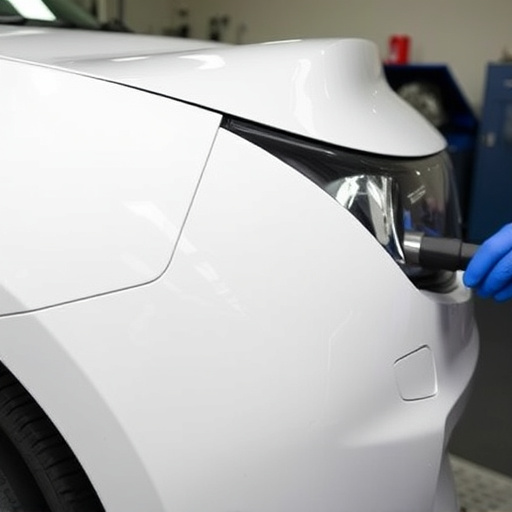
During peak seasons for seasonal collision repair, efficient workforce allocation is key to meeting demand. Shops can employ several strategies to ensure their team is optimally deployed. One approach involves cross-training staff so that technicians are versatile and can handle a variety of tasks, from car body repair to auto painting, depending on the need. This flexibility allows for dynamic shifting of resources where they’re most required, minimizing wait times for customers and maximizing productivity.
Additionally, implementing robust scheduling software can greatly aid in managing workload spikes. These tools enable shops to forecast demand, plan shifts effectively, and even automate certain administrative tasks related to staffing. By leveraging technology and fostering a adaptable workforce, collision repair shops can confidently navigate the hustle and bustle of seasonal collision repair periods, ensuring that services are delivered promptly and with high quality standards maintained.
Enhancing Customer Service During Peaks

During peak seasons for seasonal collision repair, customer service becomes even more critical. Shops must ensure efficient processes to handle increased volumes while maintaining high standards of interaction and care. Well-trained staff equipped with digital tools designed for streamlined communication can significantly enhance customer experiences. These include real-time updates on service progress, transparent pricing, and easy access to support through live chat or call systems.
Shops should also leverage technology for personalized interactions. Digital waitlist management systems, for instance, allow customers to check-in from their phones, reducing waiting times and anxiety. Additionally, offering convenient payment options, including digital wallets and split payments, reflects a customer-centric approach that sets apart a collision repair shop, especially when dealing with high-value luxury vehicle repairs.
Shops can effectively manage workload spikes during seasonal collision repair periods by understanding patterns, allocating resources efficiently, and enhancing customer service. By implementing strategic workforce allocation methods, such as flexible scheduling and cross-training staff, businesses can ensure they have the right people in place at peak times. This not only improves operational efficiency but also allows for superior customer experiences, building loyalty and fostering positive relationships during these busy periods.


